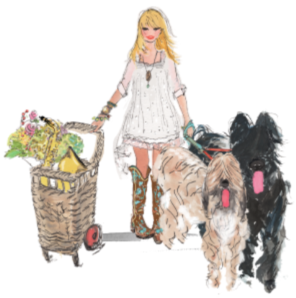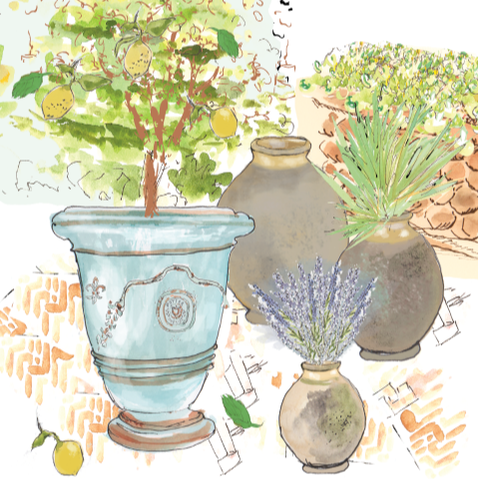|
Ever wonder whether it's a Rococo or Régence? Louis XV or Louis Philippe? A Bergère or Fauteuil? Each week, we will highlight a word, term, or phrase to help identify antique furniture, periods, and styles. BONNETIÈRE
bonne·tière [ buhn-tyair; French bawn-tyer ] noun, plural bonne·tières [buhn-tyairz; French bawn-tyer] French Furniture. 1. a tall, narrow wardrobe of the 18th century, found especially in Normandy and Brittany. Origin: <French: literally, hosier
2 Comments
Unlike the strictly decorative vases d'Anduze we discussed in the previous post (Part 1) that served no real purpose during the 17th and 18th centuries except to bring joy and beauty to the homes and gardens of those lucky enough to afford them, the famous earthenware jarres de Biot did in fact serve a utilitarian purpose. Before the beautiful earthenware jarres de Biot became popular as jarres pour le jardin, they were originally used to store grains and flour and were later used to preserve and transport olive oil. Jarres de Biot, Cote d'Azur Villa
I miss France, Provence in particular. Traveling in the footsteps of Van Gogh and Cézanne to discover the unexpected, stopping for a picnic lunch and a glass of rosé along the roadside, and snapping selfies in a field of sunflowers with the hot yellow sun beating down sounds dreamy right now. Summertime in Provence is especially beautiful — with its gardens, meadows, and even forests filled with a profusion of colorful blooms. But there’s something magical about the gardens of Provence. Classic or contemporary, cottage or formal, these fairytale-like gardens conjure up scents of fragrant lavender and citrus, sounds of babbling brooks and bubbling fountains, and sights of tree lined paths and manicured shrubs and mazes. Layered with pea gravel or crushed limestone and filled with vases d’Anduze and jarres de Biot, they seamlessly connect the inside to the outside.
Bread has always been important to the French. For centuries, it was their main food source — their staff of life literally. The tale of Marie Antoinette, the queen of France, callously responding to the news that French peasants were starving from a lack of bread with the much quoted line, “Let them eat cake,” is questionable, but her subject’s hunger and anger were very real. It was their suffering and feelings of resentment that led to bread riots, the storming of the Bastille in 1789, and the eventual beheading of King Louis XVI and Marie Antoinette by guillotine. Today, bread is considered more an accompaniment to a meal instead of the main course, but it’s still a part of every meal. And the most popular bread in France is the baguette. French Baguettes
Valentine's Day is almost here, and whether you love it or hate it, there's no escaping this day of candy, cupids, cards, and kisses. Restaurants create special menus, bars concoct special love potions, and florists design special arrangements. Sometimes, however, the best Valentine's Day gift you can give (or receive) is the gift of uninterrupted time together — no matter if you're consciously coupled, uncoupled, or somewhere in the middle and it's complicated.
What better way to start off the New Year than by popping open a bottle of your favorite Champagne? The tradition of beginning each year with a glass of bubbly has been around for hundreds of years. Champagne has been the drink of choice for kings and queens, princes and princesses, and even a royal mistress or two since the 17th century when it emerged as a beautiful, sparkling white wine. Antique French Champagne Coupes
|
Mimi Montgomery
When this self-described Francophile is not reading or writing about all things French, she's dreaming up charming new ways to showcase Lolo French Antiques et More or traveling to France with Lolo to buy delightful treasures for their store. Mimi, Lolo, and their new French Bulldog, Duke, live in Birmingham, AL. Archives
May 2024
Categories
All
SHOP ALL |
~ NEW SHIPMENT HAS ARRIVED!! ~
- HOME
-
SHOP ALL
-
NEW SHIPMENT
-
EXPLORE
-
ALLEZ ALLEZ
>
- DELIGHTFUL DO'S The 2024 New Year List
- DELIGHTFUL DO'S The 2023 Fall List
- DELIGHTFUL DO'S The 2023 Summer List
- DELIGHTFUL DO'S The 2023 Spring List
- DELIGHTFUL DO'S The 2022 Holiday List
- DELIGHTFUL DO'S The 2022 Fall List
- DELIGHTFUL DO'S The 2022 Summer List
- DELIGHTFUL DO'S The 2021 Fall List
- DELIGHTFUL DO'S The 2021 Summer List
- DELIGHTFUL DO'S The 2021 Spring List
- DELIGHTFUL DO'S The 2021 New Year's List
- DELIGHTFUL DO'S The 2020 Holiday List
- DELIGHTFUL DO'S The Spring List
- DELIGHTFUL DO'S The New Year's List
- DELIGHTFUL DO'S The Holiday List
- A TO Z GLOSSARY
- BLUEPRINT >
- FÊTES & FOLLIES >
- FRENCH TRADITIONS
- LOLO LOVES
- MEDIA MENTIONS
- TESTIMONIALS
- THREE FRENCH HOUNDS
- TIMELINE >
- TRAVEL >
-
ALLEZ ALLEZ
>
- ABOUT
- SALE
- BLOG
- 🔎 SEARCH
- HOME
-
SHOP ALL
-
NEW SHIPMENT
-
EXPLORE
-
ALLEZ ALLEZ
>
- DELIGHTFUL DO'S The 2024 New Year List
- DELIGHTFUL DO'S The 2023 Fall List
- DELIGHTFUL DO'S The 2023 Summer List
- DELIGHTFUL DO'S The 2023 Spring List
- DELIGHTFUL DO'S The 2022 Holiday List
- DELIGHTFUL DO'S The 2022 Fall List
- DELIGHTFUL DO'S The 2022 Summer List
- DELIGHTFUL DO'S The 2021 Fall List
- DELIGHTFUL DO'S The 2021 Summer List
- DELIGHTFUL DO'S The 2021 Spring List
- DELIGHTFUL DO'S The 2021 New Year's List
- DELIGHTFUL DO'S The 2020 Holiday List
- DELIGHTFUL DO'S The Spring List
- DELIGHTFUL DO'S The New Year's List
- DELIGHTFUL DO'S The Holiday List
- A TO Z GLOSSARY
- BLUEPRINT >
- FÊTES & FOLLIES >
- FRENCH TRADITIONS
- LOLO LOVES
- MEDIA MENTIONS
- TESTIMONIALS
- THREE FRENCH HOUNDS
- TIMELINE >
- TRAVEL >
-
ALLEZ ALLEZ
>
- ABOUT
- SALE
- BLOG
- 🔎 SEARCH



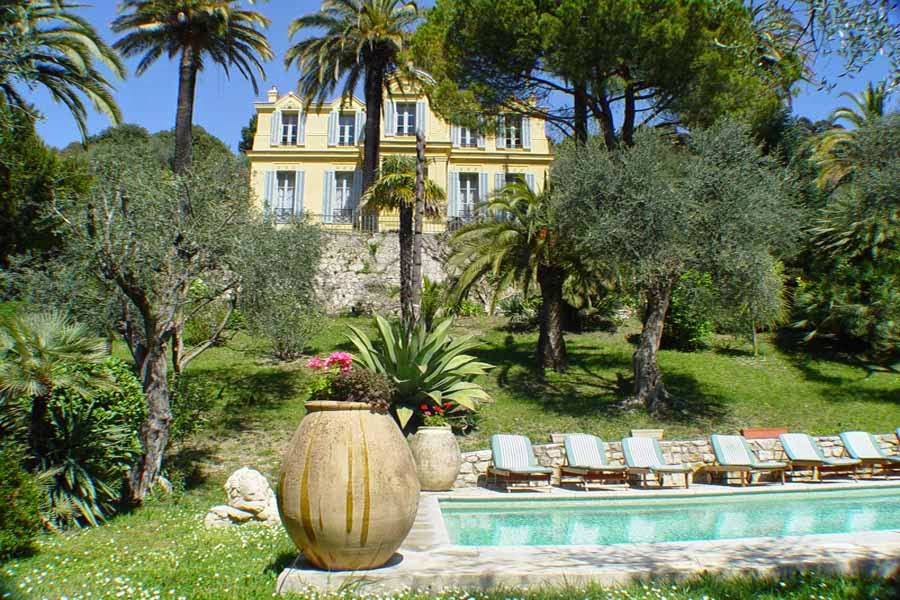
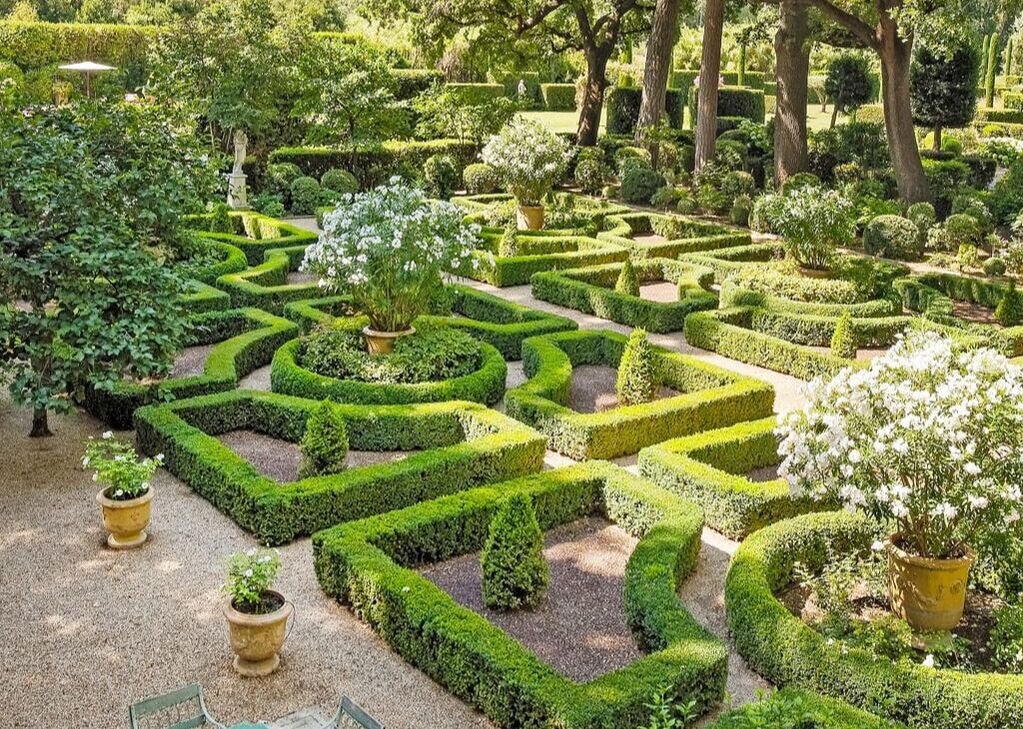
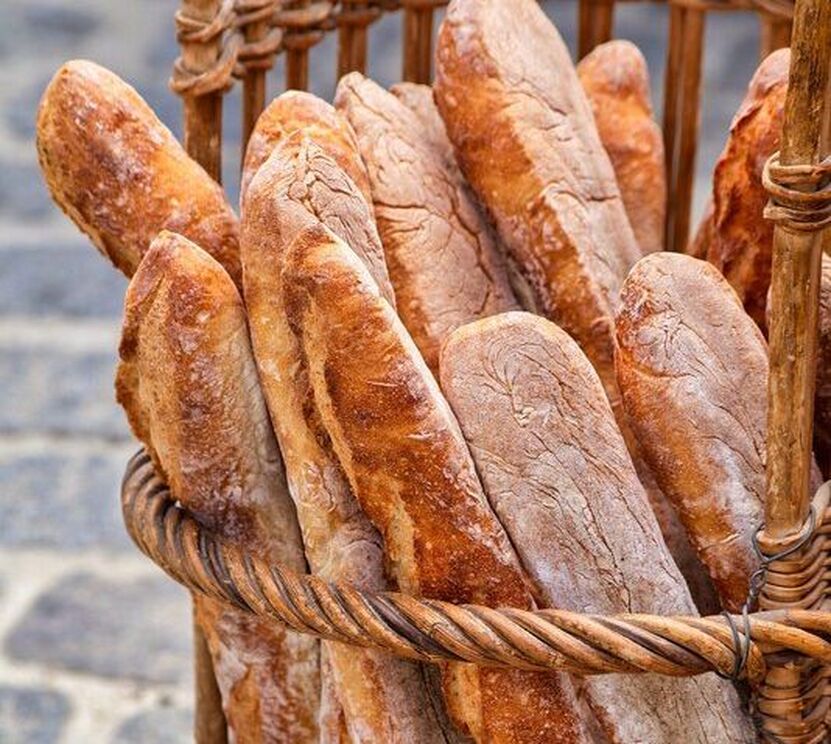
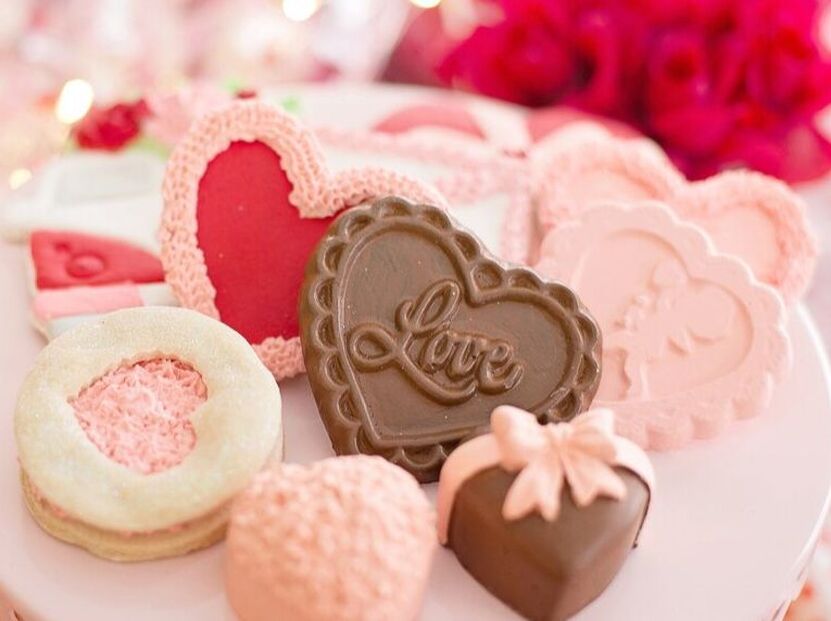
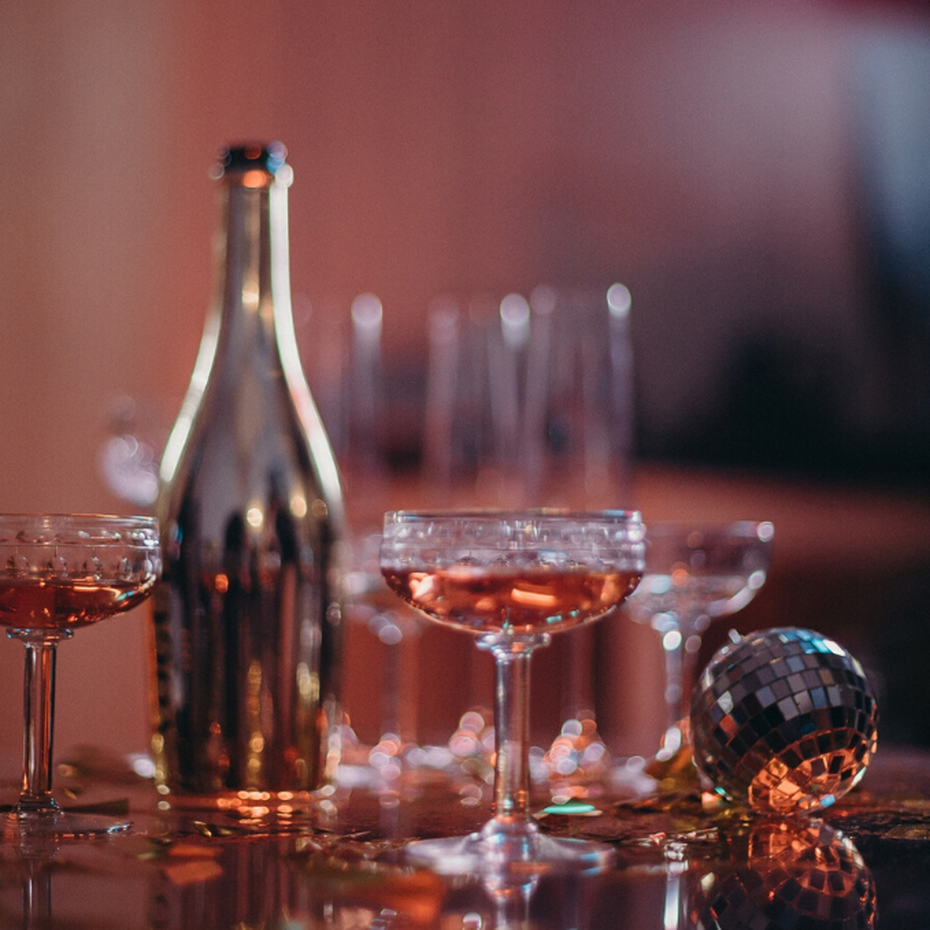
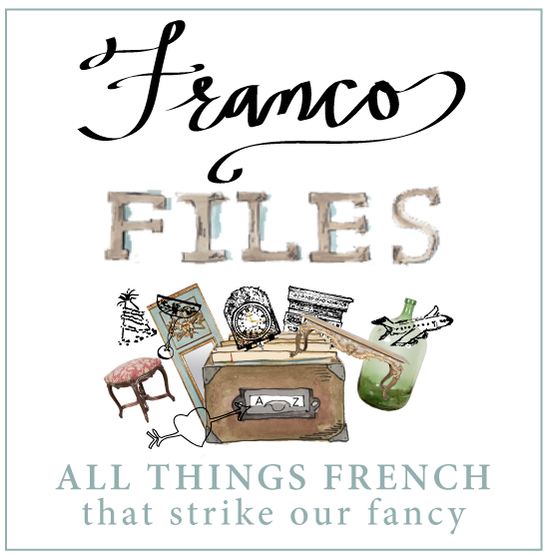

 RSS Feed
RSS Feed
